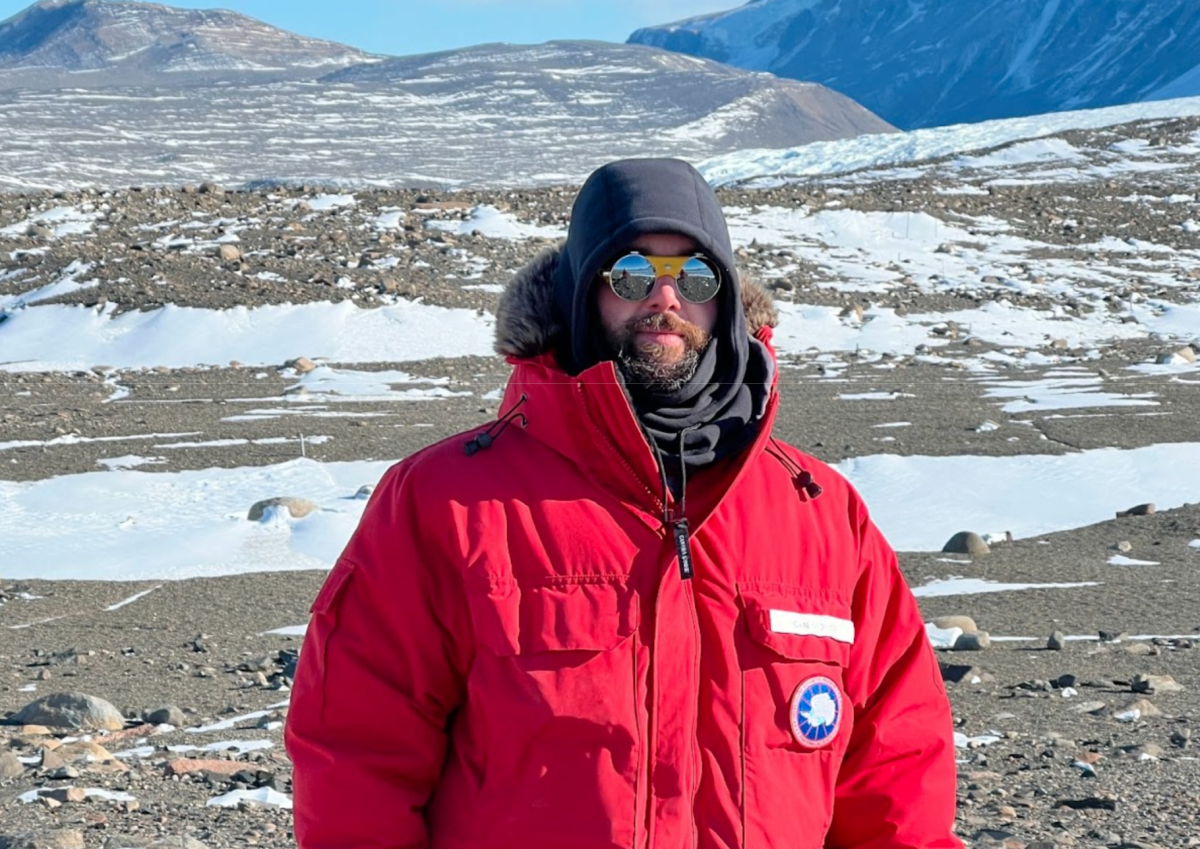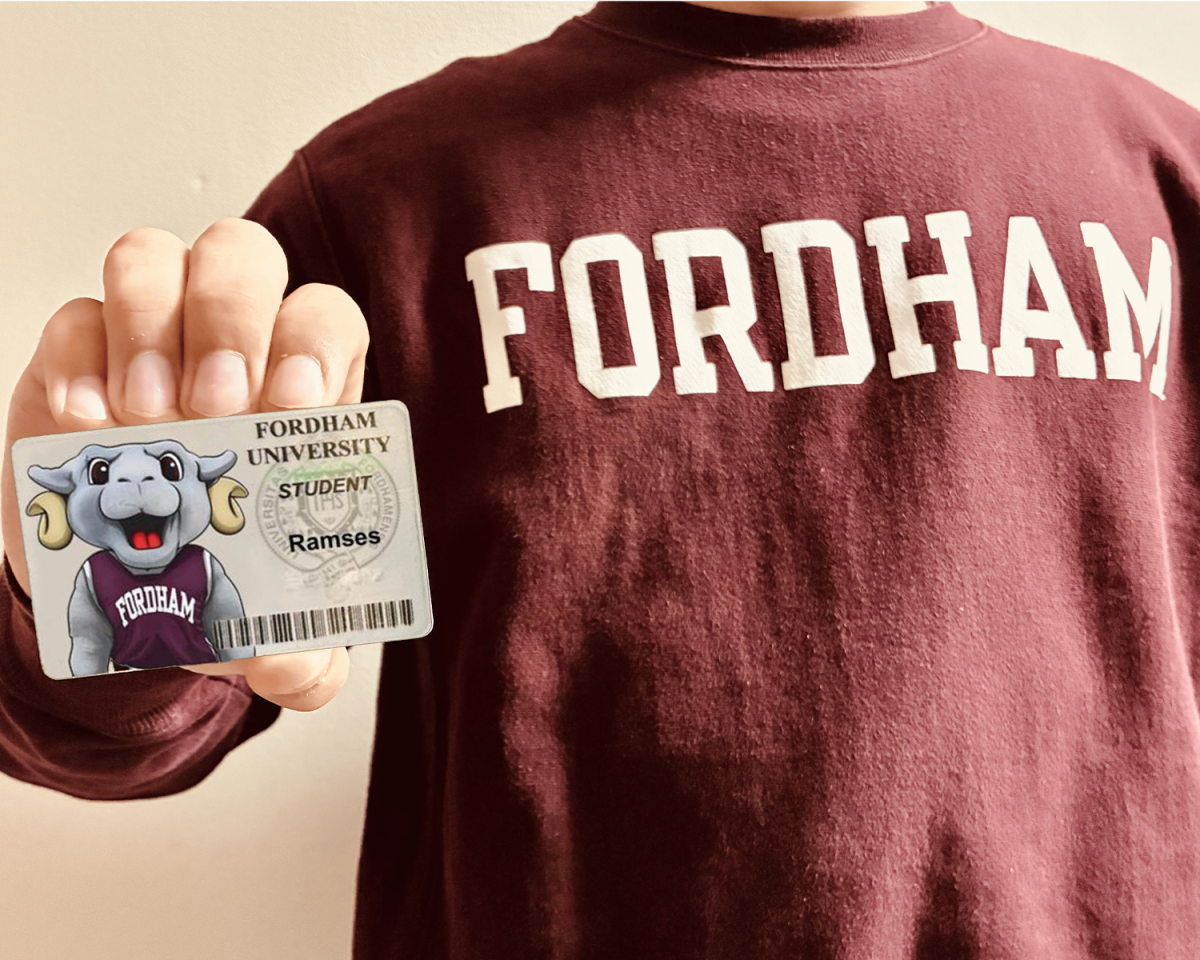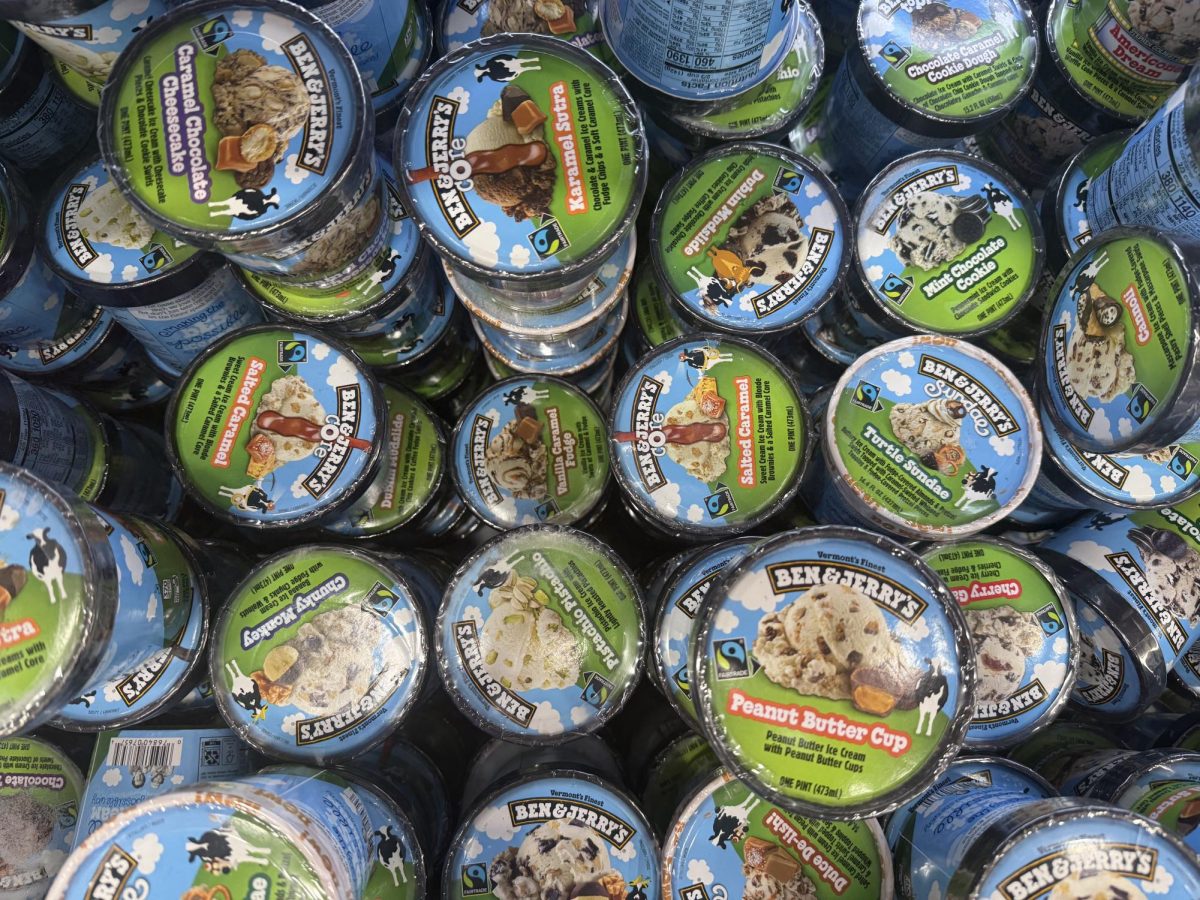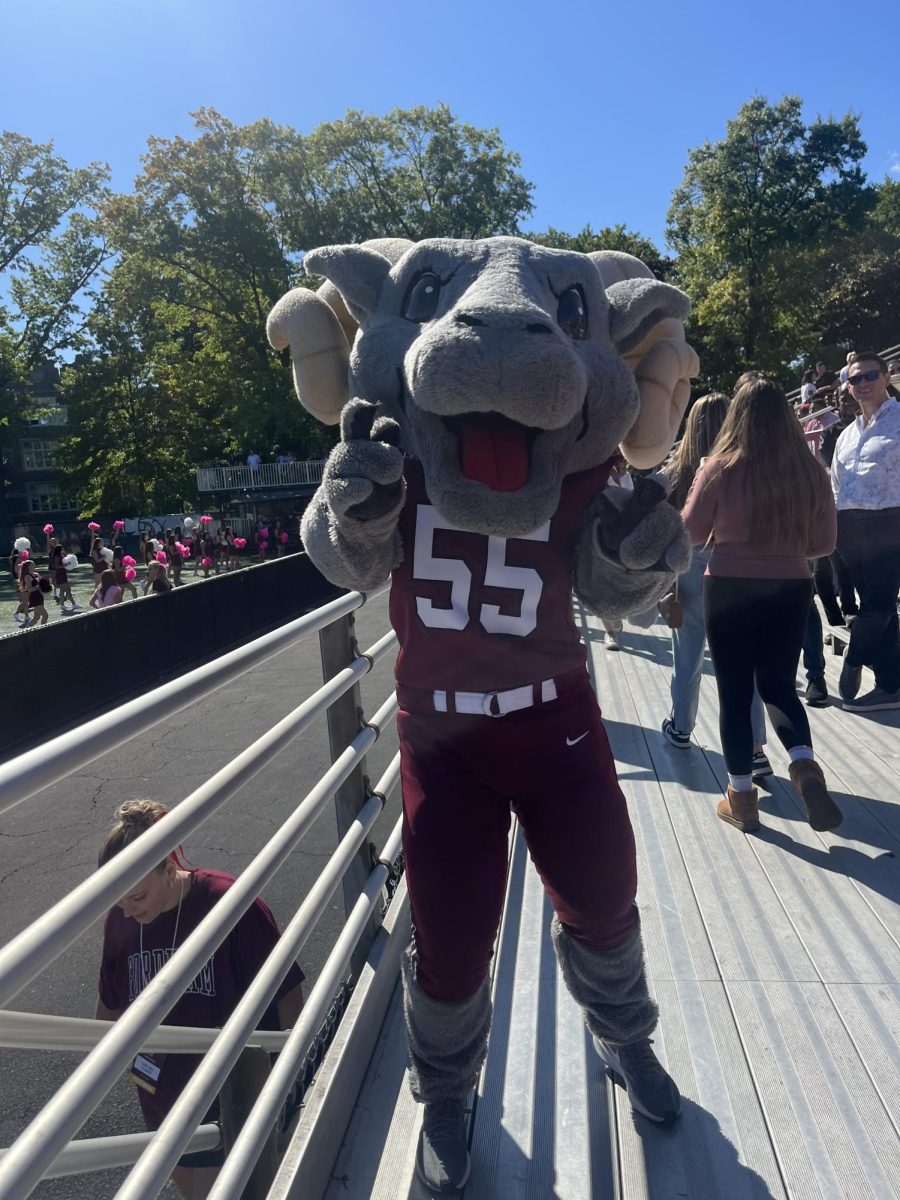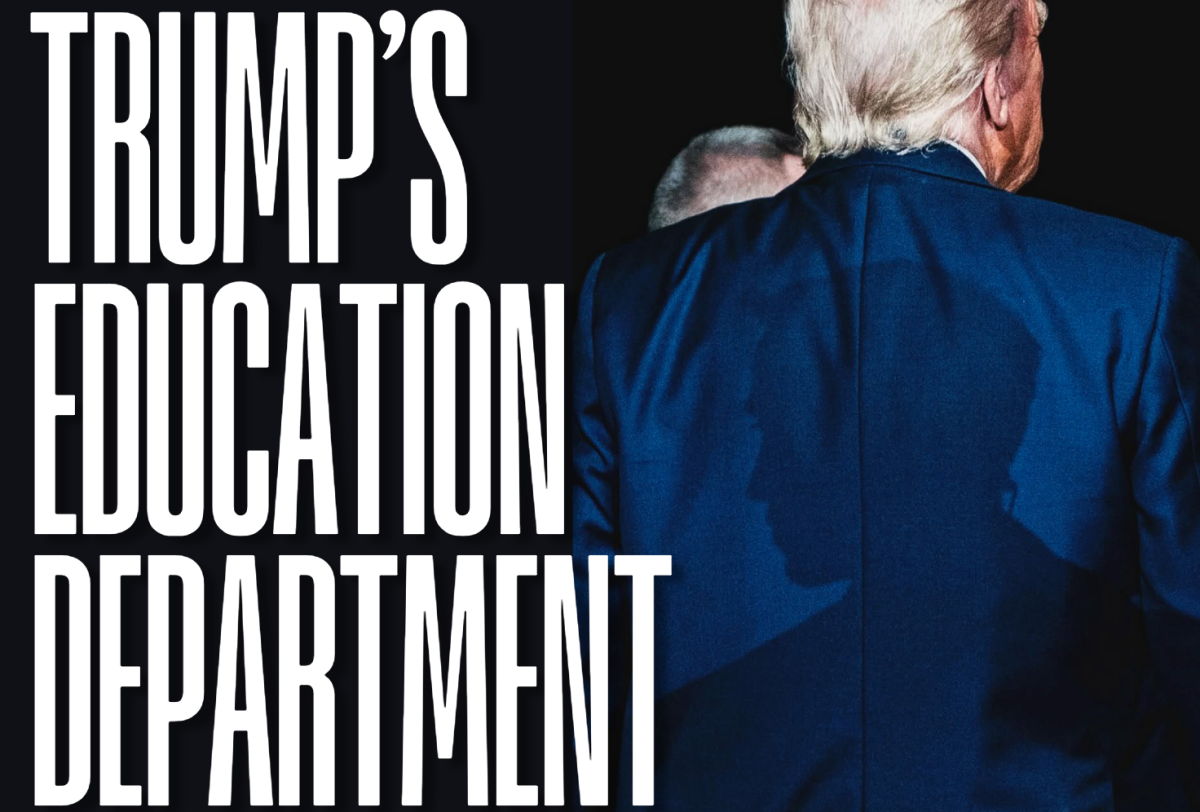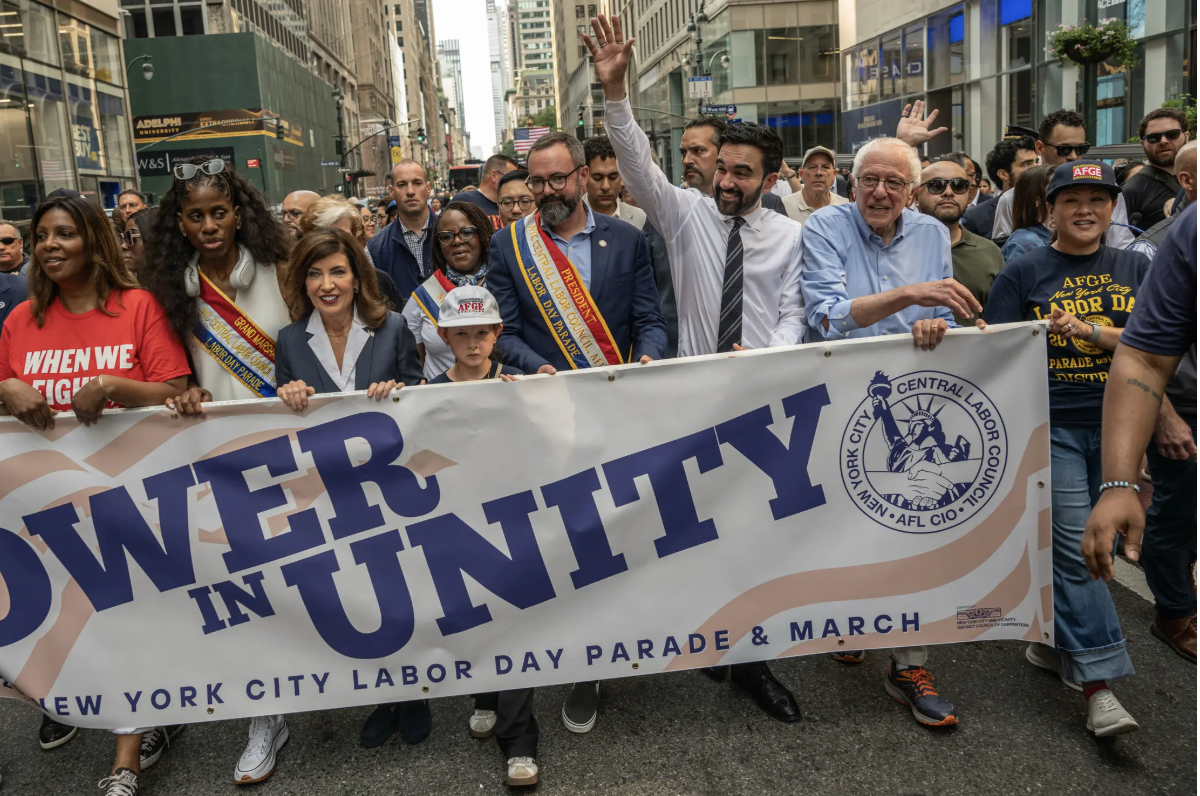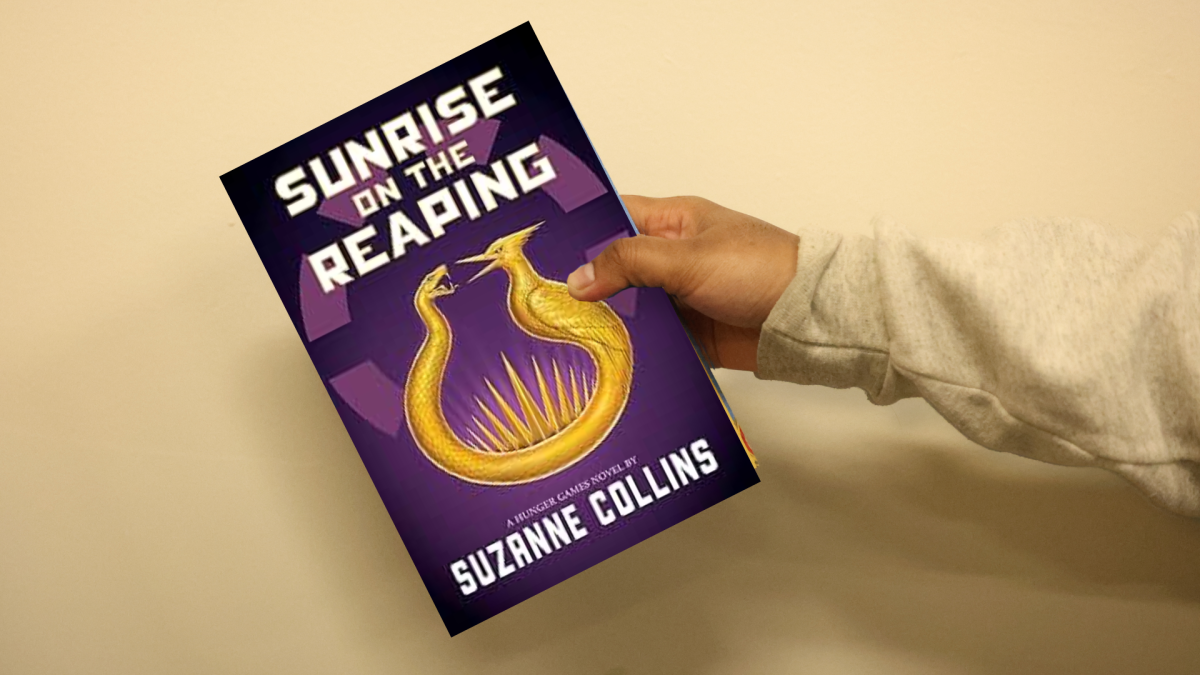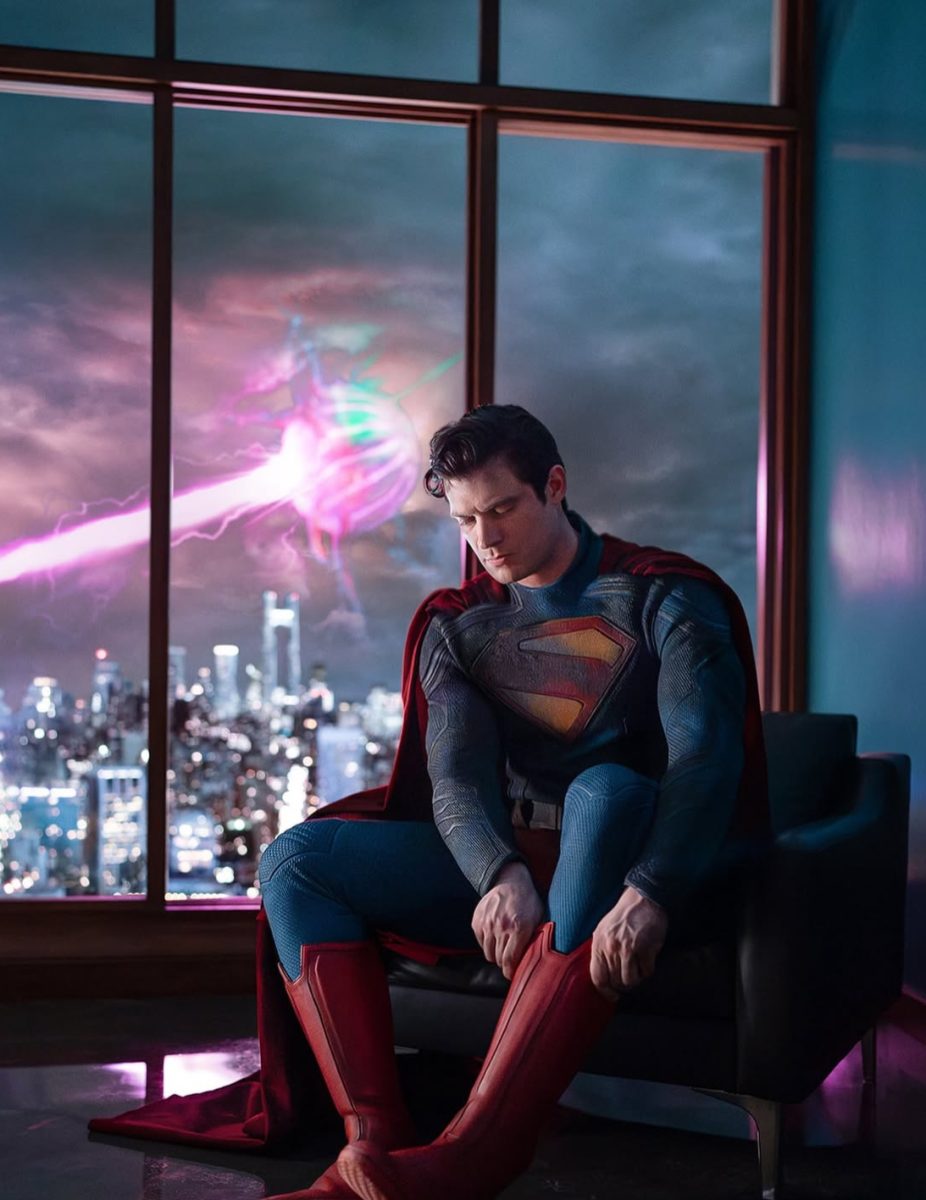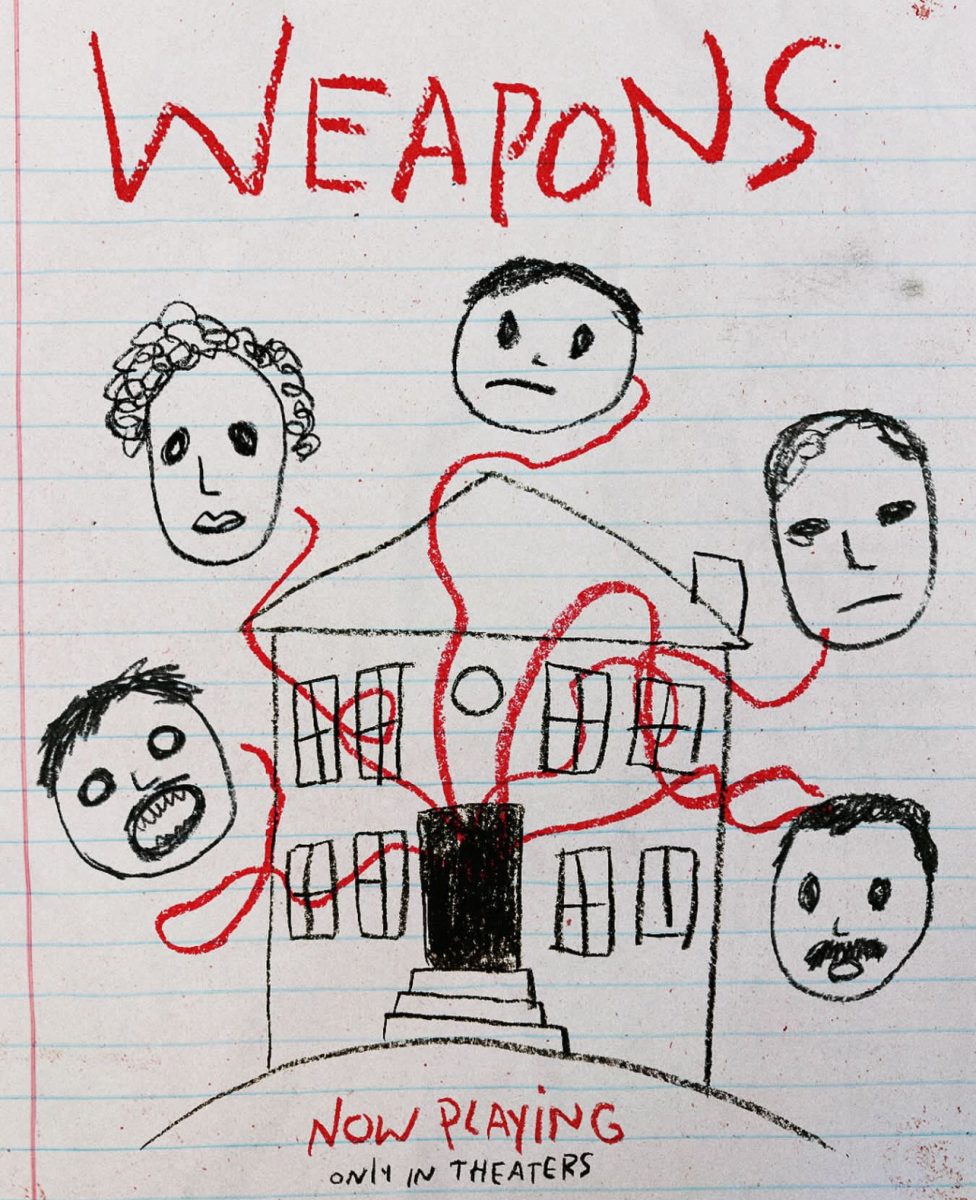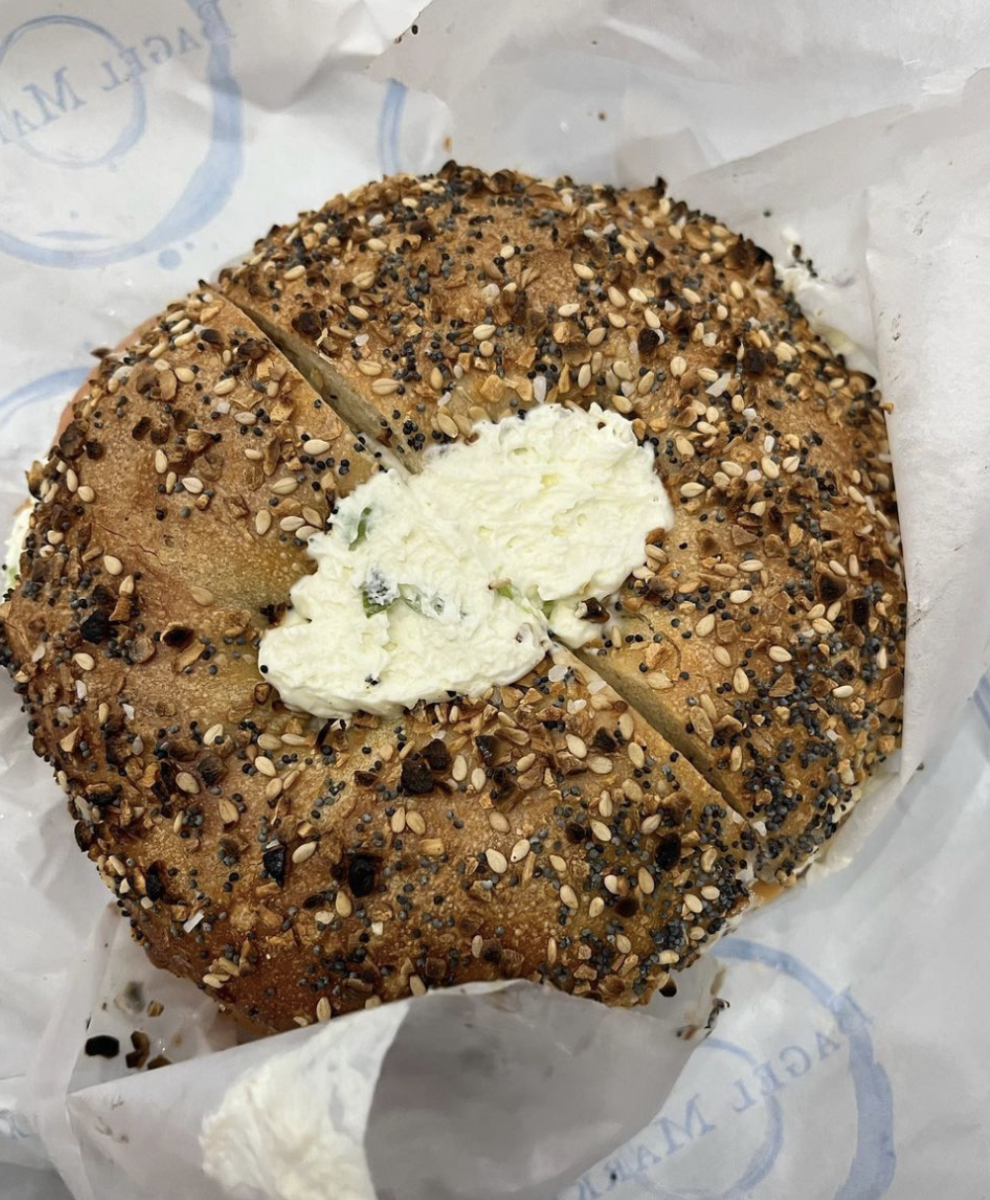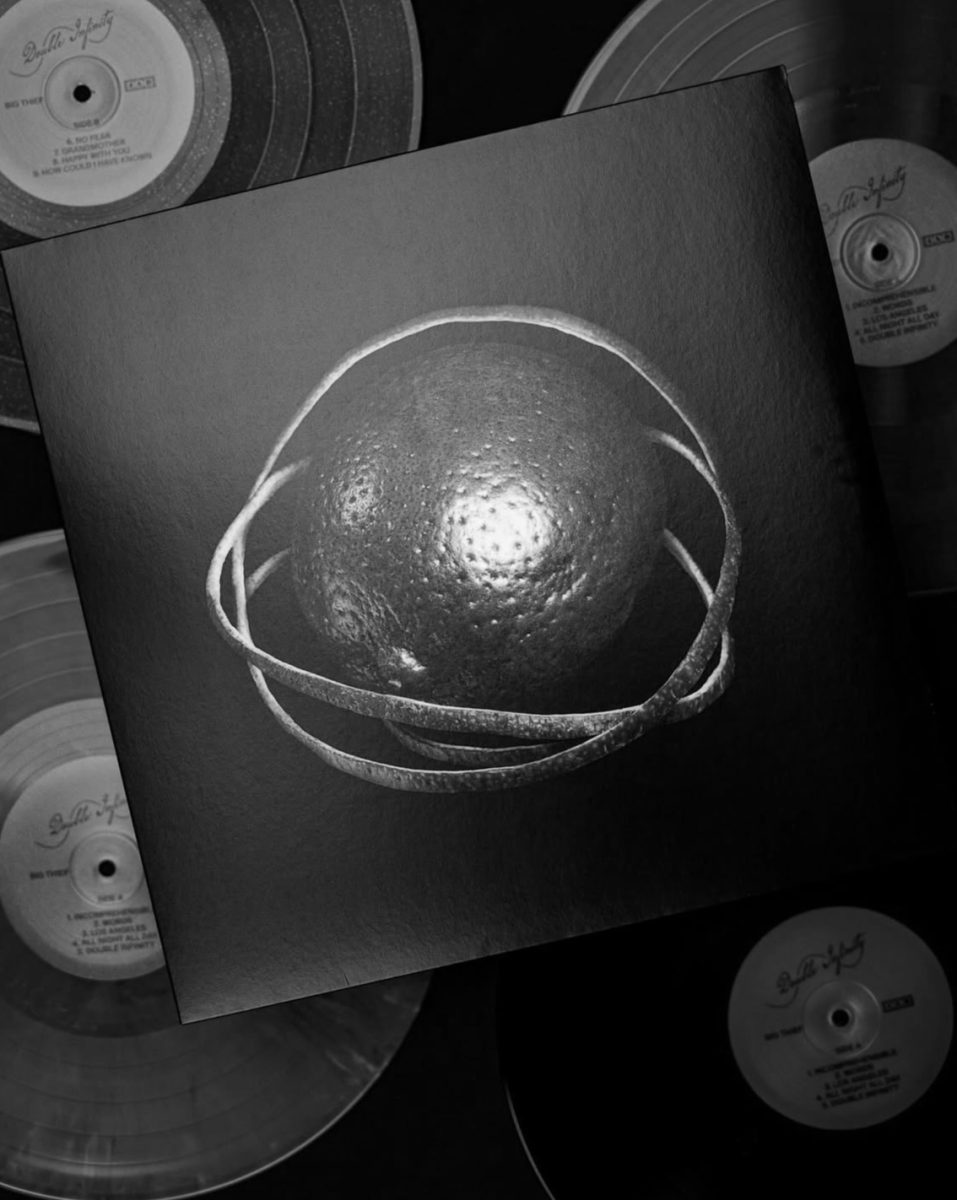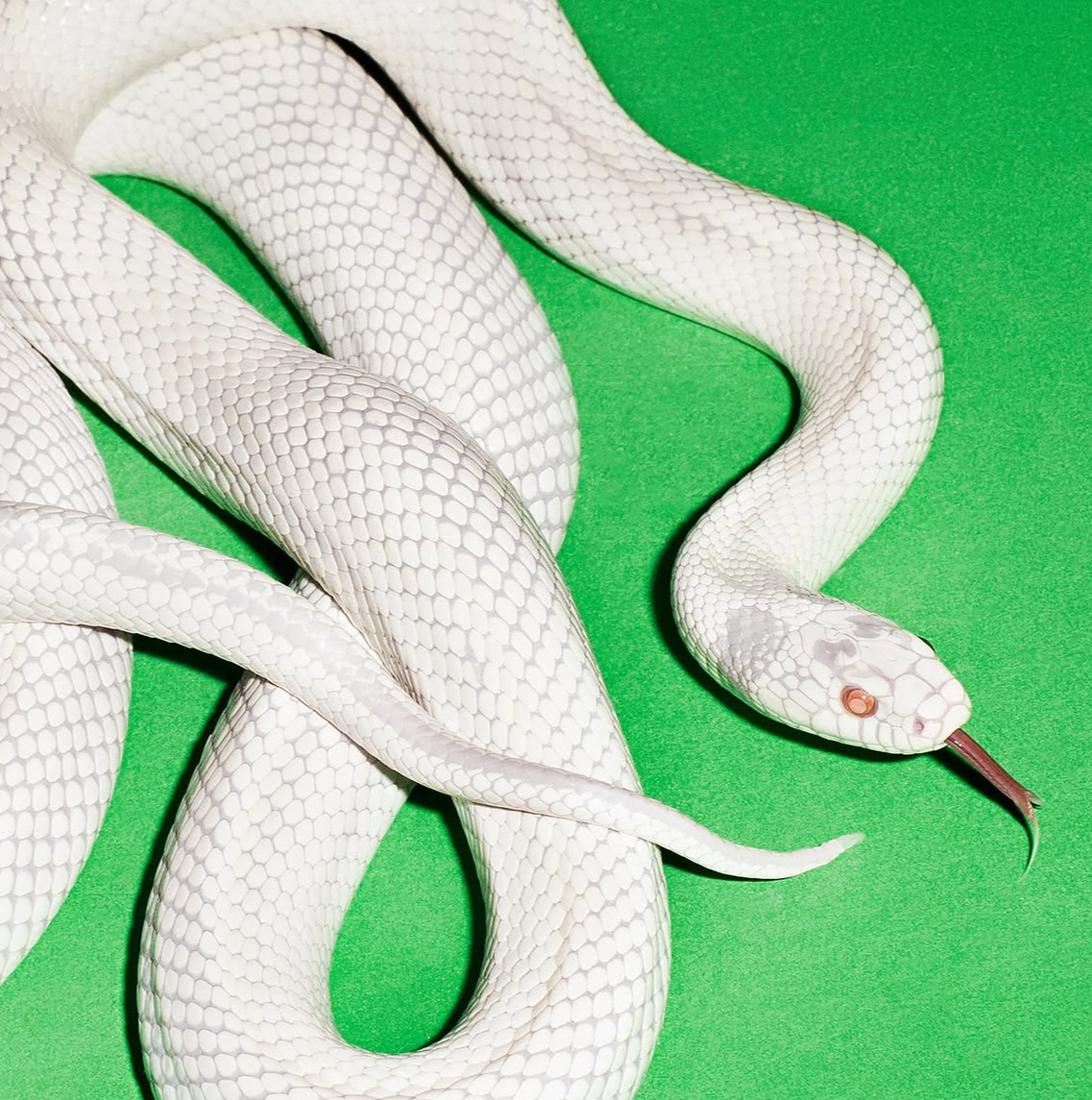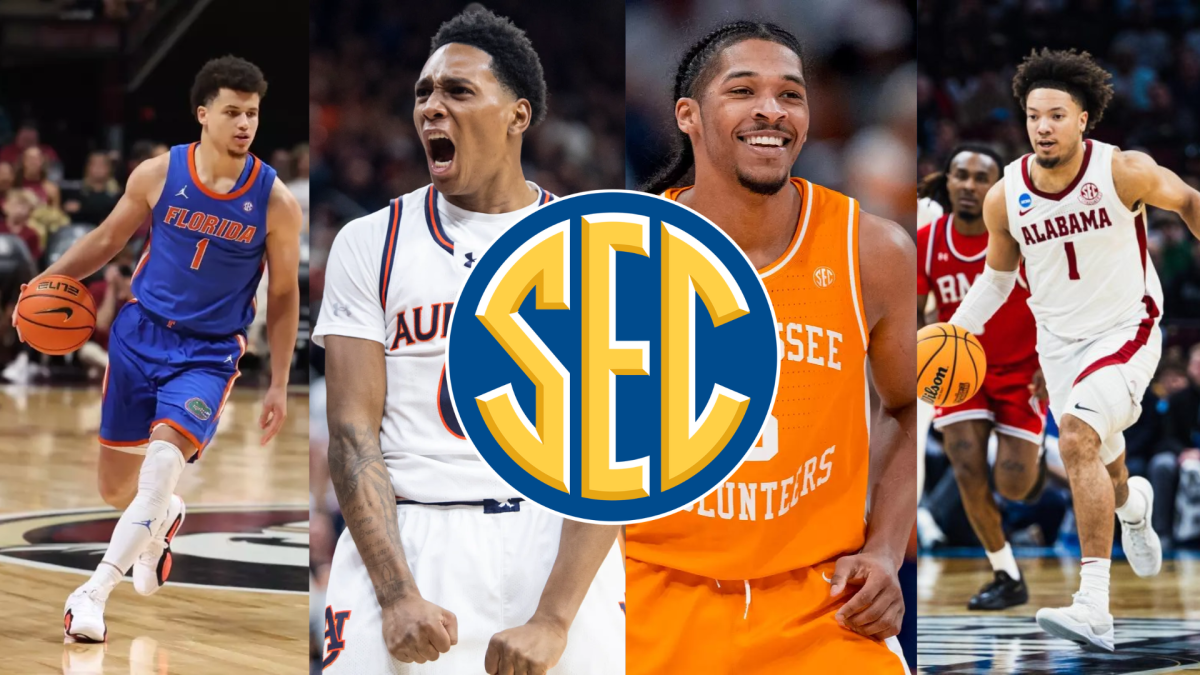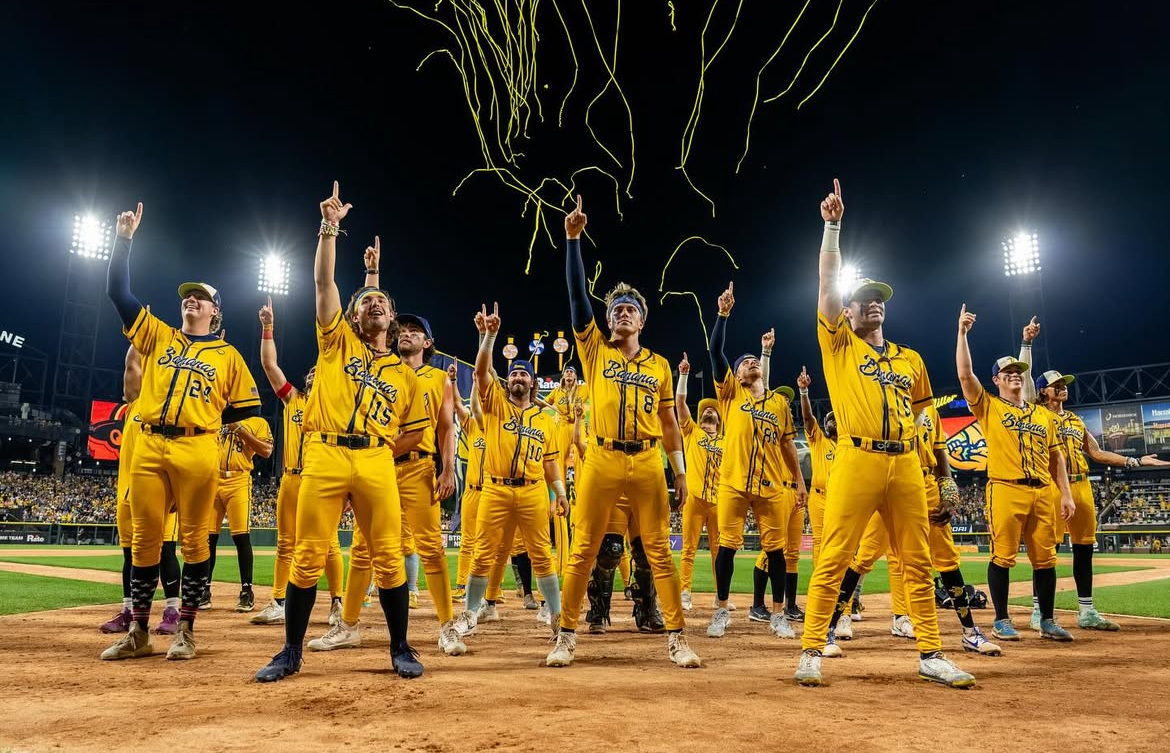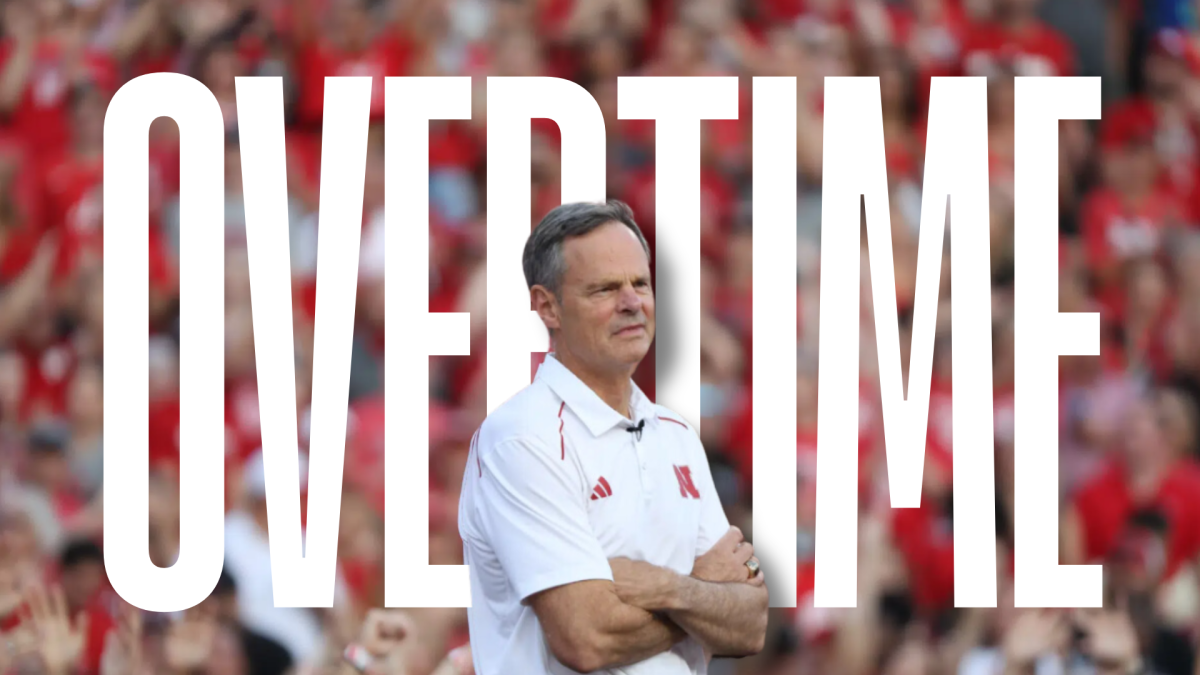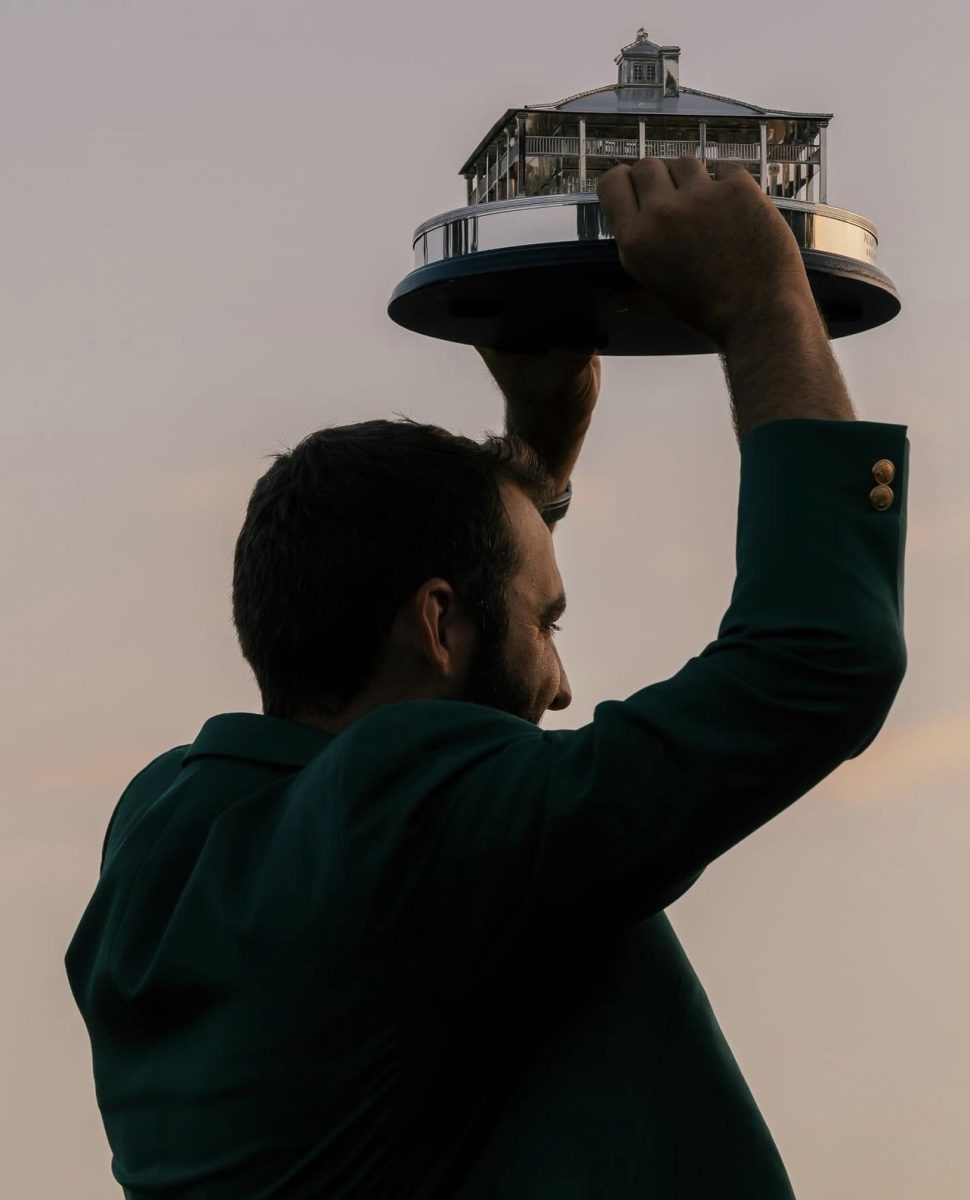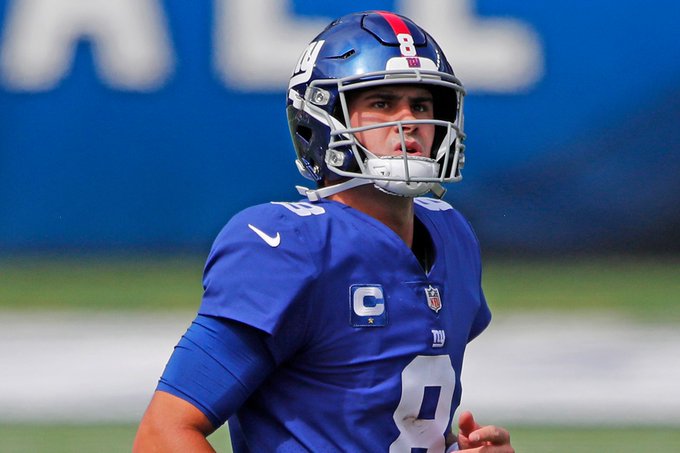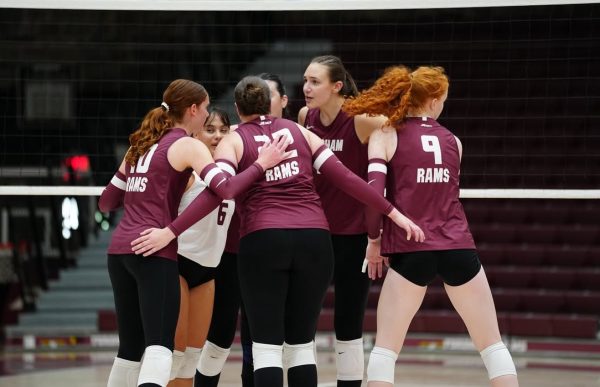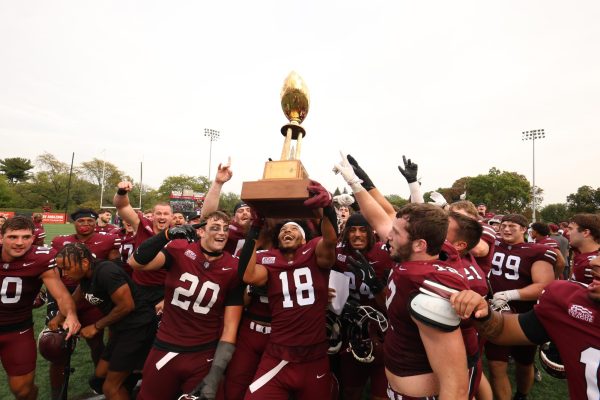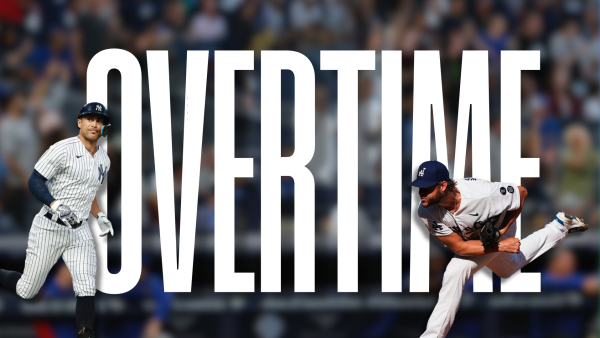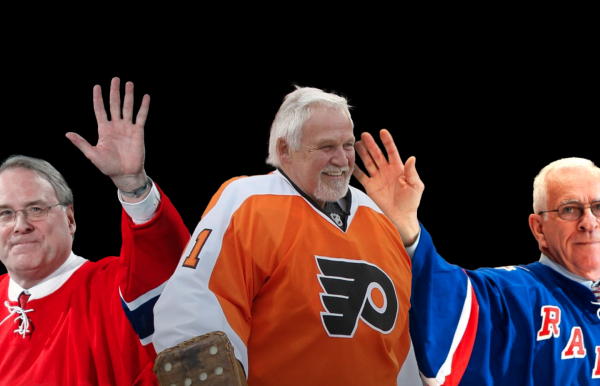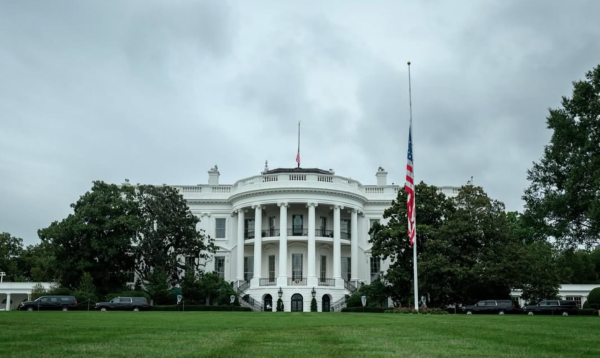Daniel Jones Needs to Curtail Turnover Trend for Giants to Succeed
As much as Giants fans like to call him “Danny Dimes,” quarterback Daniel Jones has been more like “Danny Disaster” through the first quarter of the season.
While it is true that the New York Giants have had a number of problems that resulted in their pitiful performance on Sunday, it can’t be denied that Jones has his share of the blame. Despite having a good season running the ball — he leads the Giants in rushing this season — the same can’t be said of throwing the ball.
The Giants’ offense under Daniel Jones has been worse than mediocre. Getting a drive to go more than five yards past the 50-yard line has been a complete struggle as the run game gets stalled every play and the receivers have more drops than yards. Touchdowns have not come often this year, as the Giants have only scored three, and they currently average only 12.7 points per game.
Most of this comes down to Daniel Jones’ decision making, especially at key moments in close games. Ball protection has been one of his biggest issues since his entry into the league. He tends to hold onto the ball too long out in the open, and any contact leads to fumbles. Jones also tries to force his throws in bad spots on the field or through small windows, leading to a dead ball, overthrown receiver or a costly interception.
What is most frustrating about Jones’ errors is the fact that they tend to occur during comeback drives when the Giants are trying to tie or take the lead to win.
This trend continued on Sunday as the Giants flew across the country to play the Los Angeles Rams in their new SoFi Stadium. Despite having some good offensive drives, including considerable running, the Giants failed to sniff the endzone the entire game. They kicked only field goals in what would end up as a 17-9 loss and now an 0-4 record to start the season.
The Giants missed a bunch of opportunities to make big plays due to Daniel Jones overthrowing or misplacing the ball. At least four times, he failed to connect with his trusty sidekick Darius Slayton, and one intended throw could have been a touchdown. He also missed Golden Tate on a big 4th and 11 attempt along with a few other frustrating drops.
When things seemed bleak for the Giants in the final minutes, their defense, led by defensive coordinator Patrick Graham, came up big and gave the offense another chance, as they surprisingly have done many times this season. With just over two minutes left to play, the Giants had time to create a solid drive and try to tie the game with a touchdown and two-point conversion.
Lo and behold, the curse of Daniel Jones’ untimely turnovers came back to haunt the Giants once again. Approaching the endzone with about 20 yards left to convert, Jones tried to force a throw to his receiver Damion Ratley along the sideline, despite having a patch of open turf in front of him. As if he had read it — which he did — Rams corner Darius Williams jumped the route, intercepting Jones’ pass to ultimately shut down the Giants’ hopes for a tie game and send them home 0-4.
What was noticeable from the huge mishap on Sunday, and from other interceptions previously thrown, was how Jones appeared to give away where the play was expected to go with his eyes. A quarterback in the NFL needs to know how to read defenses and adjust plays on the fly if necessary; however, they shouldn’t look in one direction the entire time.
On the interception play that sealed the Giants’ fate, Jones stared down his receiver Damion Ratley almost the entire play, giving away the clue to the defender that the ball was headed that way. The draw was drawn up to go to Ratley, but Jones acted as if that play was set without viewing his other options. Darius Williams knew that and completely blew up the route with the pick.
For the Giants, three out of their four games have really been decided by a few plays, some of which have been a Jones turnover. Reverse the outcome of those plays, more specifically those stalled plays or turnover mishaps, and there is a probable chance that the Giants would be atop the NFC East at 3-1 instead of at the bottom of the barrel.
Daniel Jones is capable of being a very good quarterback in the NFL, and he has had flashes of true talent from his first season. He has a strong throwing arm, good ball placement (when he doesn’t force passes) and a high football IQ. He is a solid runner with no fear of taking some hits down the field. What has tainted his professional career so far have been the turnovers in crucial moments and forcing passes in spots where the potential of success is slim to none.
Great quarterbacks in the NFL know how to keep composure in the pocket, even under the pressure that Jones faces each play with the Giants’ awful offensive line protection, and make the defense’s job of deciphering where the ball is going harder. If Daniel Jones can bring down his turnovers, not force throws and not give away plays by eyeing his receivers too long, he will begin to have success on the football field once again.
Of course, the rest of the Giants’ offense will need to do their parts as well, but the whole operation starts with Daniel Jones. The second-year starter has passed his honeymoon stage in the Big Apple, and the time of judgement has begun. He must now start to show everyone that he belongs in New York.












